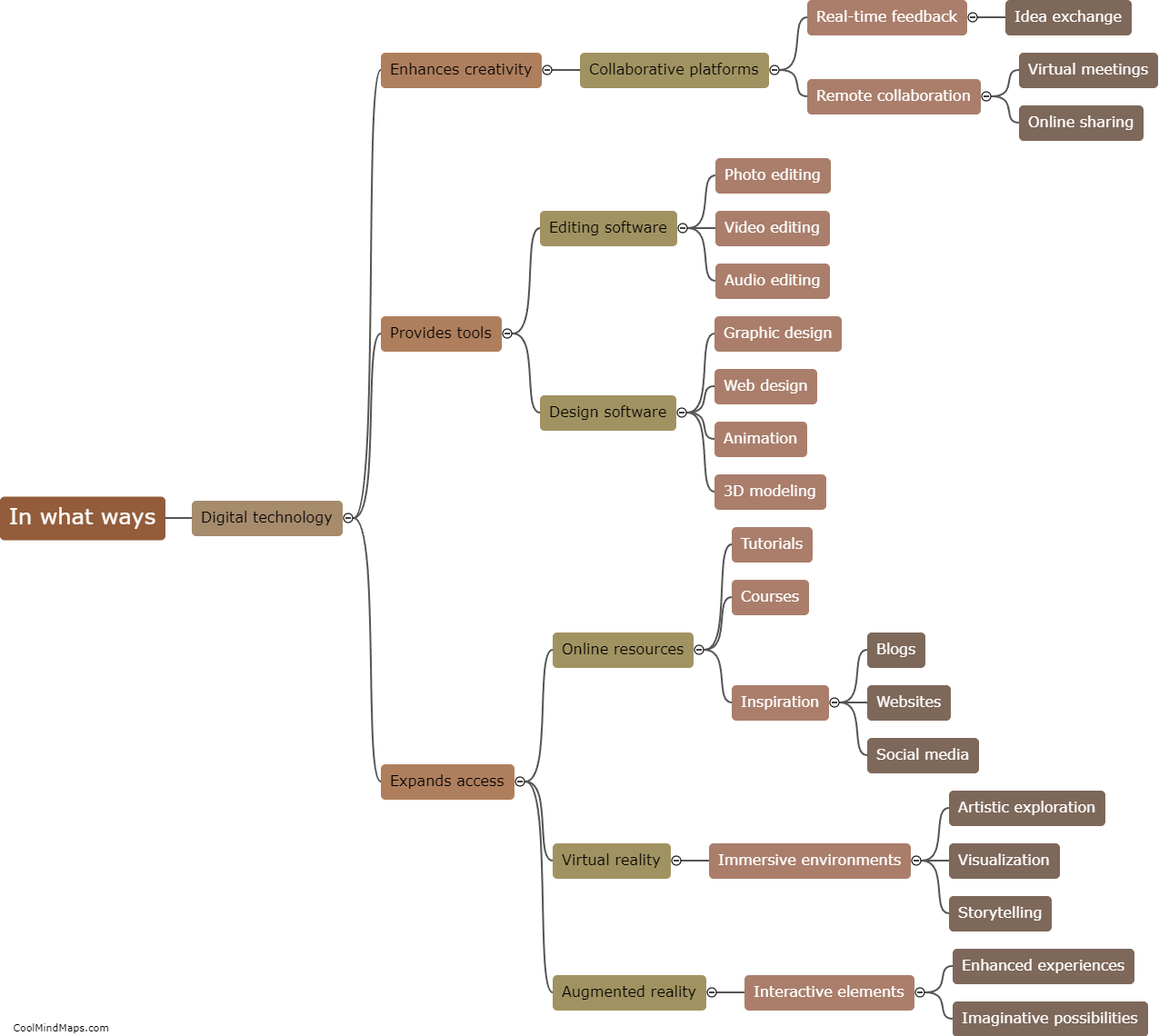Advantages and disadvantages of custeio de reposição?
Custeio de reposição, also known as replacement cost accounting, calculates the cost of replacing an asset at its current market value. One of the advantages of this method is that it reflects the true value of the asset, taking into account changes in inflation and market conditions. However, it can be difficult to determine the exact market value of an asset, which may lead to errors in the calculation. This method also does not account for the historical cost of the asset and the value it has provided over time. Additionally, it can create volatile financial statements, as changes in market conditions will affect the recorded value of assets. Overall, custeio de reposição can be useful in certain situations but may not provide a complete picture of asset valuation.

This mind map was published on 14 June 2023 and has been viewed 294 times.











